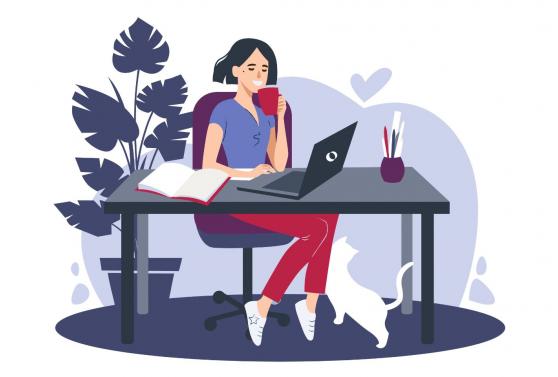Mirror, mirror, on the wall... avoiding the one way mirror for UX research

One way mirrors are used in UX research for user interviews, user testing and focus groups. In my experience, I don’t believe that this approach gets the best results and here’s why.
What do I mean by one way mirror?
Well... think of a police interview room or an identification parade. Hopefully not many of you reading this will have personally experienced this. Nor have I, just to be clear!!
One way mirrors are also used in UX research for user interviews, user testing and focus groups. It's where one room is separated with a mirror, with only one side actually behaving as a mirror. The other side acts as a window so that people can secretly see what’s going on.
I’ve used this setup many times before in UX research and I’ve been on both sides of the mirror. Some clients specifically ask for this set-up so that they can watch the research in action, but in my experience, I don’t believe that this approach gets the best results and here’s why:
It limits where you can test
When it comes to location, it's best to have remote testing equipment so that you can do your research anywhere. When you limit the research to only one location, you're not being inclusive and you may find that you don't get the best participates, especially if your target audience is geographically spread.
People don't like it
One of our primary goals when conducting research is to make participants feel comfortable. People tell us that the one-way mirror set-up is scary, intimidating, nerve-wracking, and uncomfortable.
You can't always guarantee sound proofing
Hearing people talk and laugh through the glass can make participants feel self-conscious about what they say. When this happens it's incredibly hard to get them to relax and be open about how they really feel. This leads to my next point...
Results can be inaccurate
Its been documented that when people know they're being watched, their behaviour and feedback changes. They worry about appearing dumb and they often don't give their true opinions, especially if these are negative ones. So really, how accurate are your results?
So, what do we recommend?
Well, we like to create an environment that encourages honest feedback. We reassure participants that they are not actively being watched. Instead, we ask if we can video record them. This is completely optional. If they disagree, we have a backup; our detailed notes.
We always have two UX consultants involved in the research; one to facilitate the session and another to take these notes.
We try as much as possible to visit participants in their own environment; whether that be at their home, their offices or a local coffee shop. We've found that more realistic behaviour tends to be when people are in their own environment.
Remote sessions are becoming more and more popular. This involves participants using their own computer to connect with a moderator and working through a test scenario or responding to questions like those typically asked in focus groups. This option is less personal, but allows people to be in a setting that is comfortable for them. Plus, it creates an interpersonal disconnect which we find increases confidence and encourages honesty.
So, we've found that without a mirror, we get better insights from more relaxed users. Our results are more accurate and this feedback can be turned into a better user experience, which is really the whole purpose of user research, right?
Take a look at our discovery and UX services to see where we can help.



